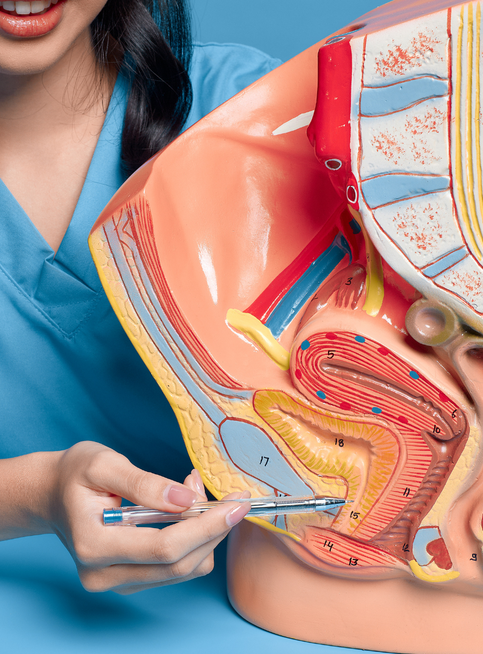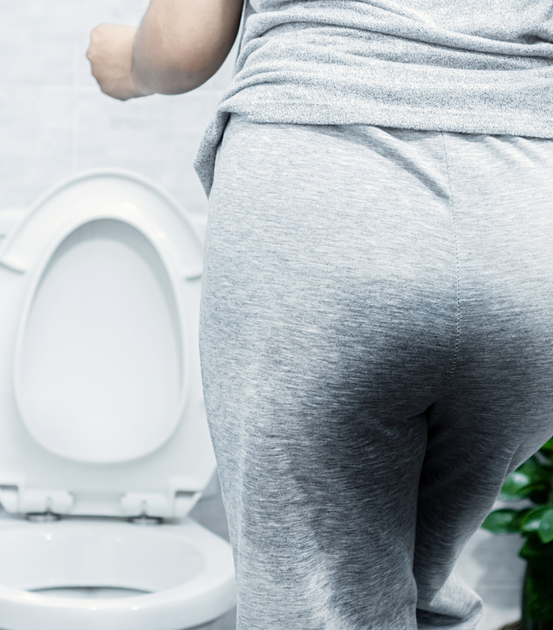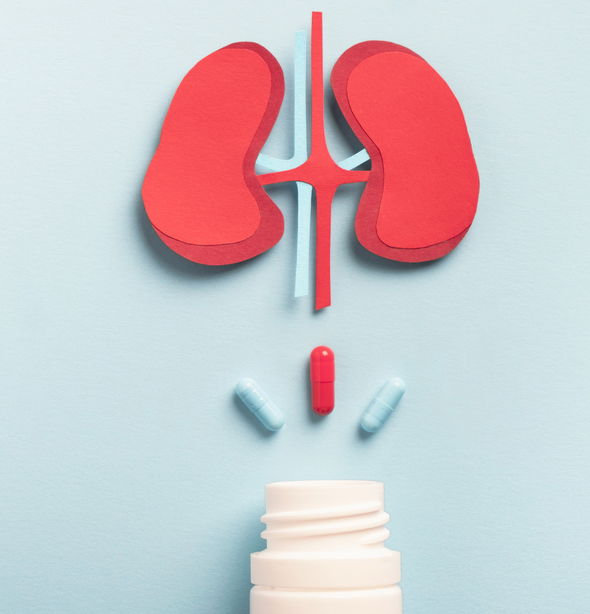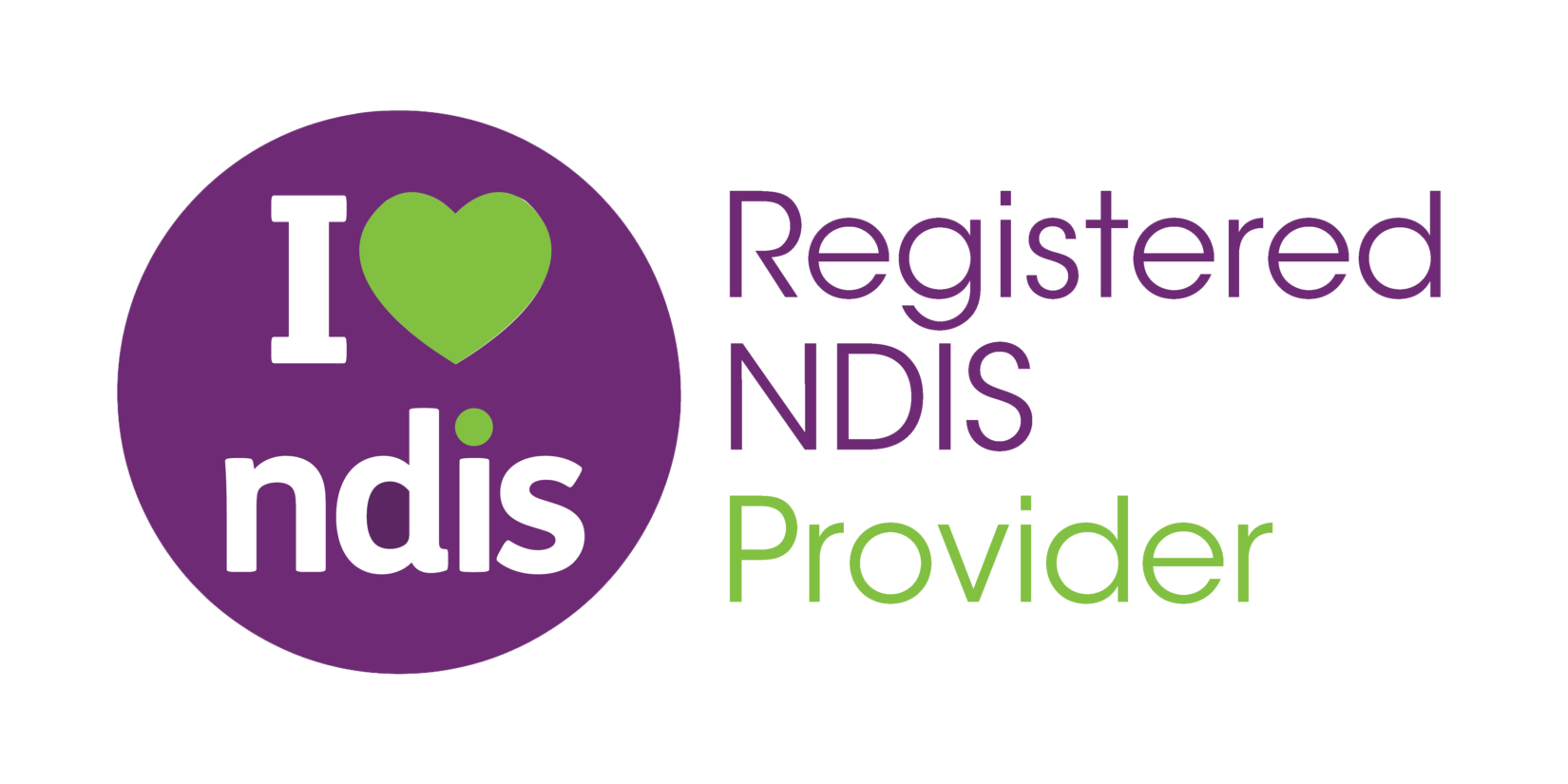Get in touch
Email: info@empoweringabilityjourney.com.au
Phone: 0451 093 210 or 1300 045 841
How to Find the Right Products, Routines, and Support
From Accidents to Confidence - How Good Continence Care Helps
Taking Control of Continence - Why It’s Worth the Effort
Taking care of bladder and bowel health is a big part of staying comfortable, independent, and healthy. Good continence management can help avoid discomfort, skin problems, and embarrassing situations. When things are managed well, it can make everyday life easier and more enjoyable.
Nha's Tip for Pelvic Floor Exercises
Practicing pelvic floor exercises can strengthen muscles and improve continence.
A few minutes daily can make a difference.
Nha's Tip for Pelvic Floor Exercises
Practicing pelvic floor exercises can strengthen muscles and improve continence.
A few minutes daily can make a difference.
What Happens When Bladder and Bowel Health is Overlooked
Neglecting proper hygiene and care can lead to several health and lifestyle challenges, affecting both physical and emotional well-being.
- Infections
Poor hygiene can lead to urinary tract infections (UTIs), which can be painful and hard to treat. If left untreated, these infections can spread and cause more serious health issues.
- Skin Issues
Wetness and irritation can cause rashes and sores, which may become infected and require medical attention. Proper care helps maintain skin integrity and overall comfort.
- Emotional Stress
Worrying about accidents can make people avoid social activities, leading to isolation and reduced quality of life. Maintaining hygiene can boost confidence and social well-being.
- Losing Independence
Relying too much on others for help can be frustrating. Proper care strategies can support self-sufficiency and improve daily life.
- Higher Medical Costs
Complications from poor management may require expensive treatments, hospital visits, or long-term care. Preventive measures can help reduce these risks and associated expenses.
By prioritizing proper care, individuals can maintain their health, independence, and quality of life while avoiding unnecessary stress and medical costs



The Benefits of a Well-Planned Continence Strategy
The right approach can make a big difference in daily life. Here’s what it can do:
Better Health
- Keeps skin healthy and free from irritation.
- Lowers the risk of infections.
More Independence
- Helps people feel confident and in control.
- Reduces the need for frequent assistance.
Staying Safe
- Prevents falls caused by rushing to the bathroom.
- Supports better movement around the home.
Feeling Good Emotionally
- Provides dignity and confidence.
- Encourages social interaction without fear.
Finding the Right Approach to Continence Management
Every person’s needs are different, so it's important to find what works best for each situation.
Step 1: A Thorough Check-Up
Getting a good understanding of the situation is the first step. This includes:
- Looking at overall health, medications, and lifestyle habits.
- Checking for underlying medical conditions that could be making things worse.
- Talking about personal preferences and goals.
Step 2: A Custom Care Plan
Once the assessment is done, a plan can be made. This could include:
- Picking the right continence products like pads, catheters, or absorbent underwear.
- Setting up regular bathroom routines to prevent accidents.
- Adjusting diet and fluid intake to support healthy bladder and bowel function.
Step 3: Keeping Skin Healthy
Taking care of the skin is key to avoiding rashes and sores. Simple steps include:
- Gentle cleaning after accidents.
- Using protective creams to prevent irritation.
- Wearing the right products to keep the skin dry.
Step 4: Training and Support
Helping individuals and caregivers understand how to manage continence can make a big difference. This can involve:
- Setting reminders for bathroom breaks.
- Learning how to use products correctly.
- Encouraging hydration without fear of accidents.
Step 5: Ongoing Check-Ins
Regular monitoring ensures the plan is working. Signs to look out for include:
- Changes in bathroom habits.
- Discomfort or irritation.
- New symptoms that might need medical attention
How to Adapt Your Continence Care as Needs Change
Different factors can influence continence care, and understanding them can help ensure a more effective and dignified approach.
- Types of Incontinence
Stress, urge, or overflow incontinence may need different approaches. Identifying the specific type allows for tailored solutions, such as pelvic floor exercises, medication, or lifestyle adjustments.
- Privacy Matters
Ensuring dignity during care is important. Providing a respectful and comfortable environment helps individuals feel at ease and maintains their confidence. Simple measures like using discreet products and allowing personal control can make a big difference.
- Medical Conditions
Conditions like diabetes or neurological disorders can impact continence needs. These health issues may require specialized management plans, including medication adjustments and regular monitoring by healthcare professionals.
- Hydration Levels
Drinking enough water helps bladder function, but balance is key. While staying hydrated is essential, overconsumption or dehydration can worsen continence issues, so proper fluid intake should be managed carefully.
By considering these factors, continence care can be more effective, improving comfort, independence, and overall well-being.


Kawala's Advice on Fluid Intake
Drinking adequate water supports bladder health, but try to limit fluids before bedtime to reduce nighttime trips.
Balance is key.
Kawala's Advice on Fluid Intake
Drinking adequate water supports bladder health, but try to limit fluids before bedtime to reduce nighttime trips.
Balance is key.
No More Guesswork - Continence FAQs Explained
How do I know which continence products are right for me?
It depends on your needs, lifestyle, and comfort. Speak with a healthcare provider for recommendations
Can drinking too much water make things worse?
Drinking the right amount is important. Too little can lead to dehydration, while too much may increase urgency.
How often should a continence plan be reviewed?
Regular check-ins every few months can help ensure it’s still meeting your needs.
Are there any foods that can help with continence?
Yes, fibre-rich foods can support healthy digestion, and avoiding caffeine and spicy foods may help with bladder control.
Can continence issues be improved over time?
Yes, with the right support and management strategies, many people see improvements in their symptoms.
Areas We Serve
Our nursing support services are available within 45km of Jordan Springs, Australia, including:
- Parramatta
- Blacktown
- Hawkesbury
- Castle Hill
- Fairfield
- Penrith
- Springwood
- Richmond
- Wentworth Falls
- Quakers Hill
- Minchinbury
Get Expert Continence Support - Reach Out Today
Taking care of continence doesn’t have to be stressful. With the right support, it’s possible to live comfortably and confidently at home.
Whether you need professional guidance, personalized care plans, or simply reassurance, help is available to make daily life easier. Don't hesitate to reach out and explore the best options for your needs.
Send Us a Message
Contact Us
We will get back to you as soon as possible.
Please try again later.
Loved and recommended by Athletic Koala NDIS Website Team

